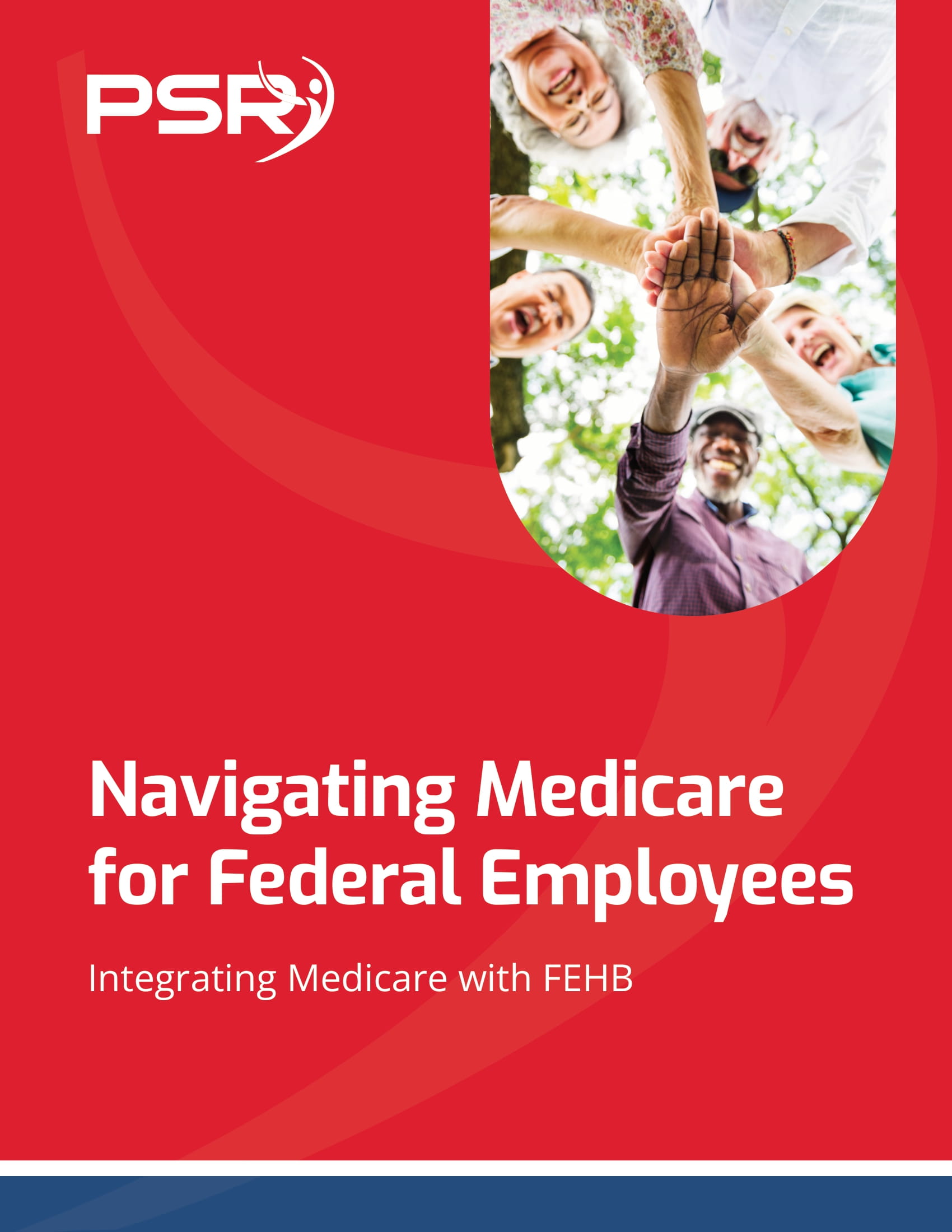Key Takeaways
-
TSP funds are designed with diversification in mind, offering you a range of investment choices that behave differently during market volatility.
-
How you react to market downturns matters more than the downturn itself—staying informed and aligned with your long-term retirement goals is essential.
Understanding Market Volatility and the TSP
You contribute to the Thrift Savings Plan (TSP) because it helps secure your financial future in retirement. But when markets shift, the natural reaction is to worry about what those changes mean for your account. In 2025, market volatility continues to be a reality, influenced by global economic changes, interest rate adjustments, and inflation
- Also Read: How FEDVIP Plans Could Be Your Solution to Affordable Vision and Dental Coverage
- Also Read: How Divorce Can Transform Federal Benefits—and What Employees Need to Do About It
- Also Read: Federal Law Enforcement Officers, Here’s What You Need to Know About Your Retirement Options
Volatility doesn’t always equal loss. Some TSP funds are more sensitive to economic shifts than others. Knowing what you’re invested in—and why—can help you make better decisions.
The Five Core TSP Funds: What You Need to Know
Each TSP fund is structured differently. Here’s how they generally react when the market becomes uncertain:
G Fund – Government Securities Investment Fund
-
Offers steady returns and is not subject to market losses
-
Protected against inflation over time, though gains are modest
-
Best used for preserving capital during unstable periods
F Fund – Fixed Income Index Investment Fund
-
Tracks the U.S. bond market
-
Sensitive to interest rate changes: may lose value when rates rise
-
Offers diversification beyond stocks but requires caution during inflationary periods
C Fund – Common Stock Index Investment Fund
-
Mirrors the S&P 500 index
-
Can be highly volatile in market downturns
-
Typically rebounds over the long term, but not ideal for those near retirement
S Fund – Small Capitalization Stock Index Investment Fund
-
Tracks smaller U.S. companies
-
More volatile than the C Fund
-
May offer higher growth potential but with greater risk
I Fund – International Stock Index Investment Fund
-
Invests in overseas companies
-
Subject to currency fluctuations and global economic pressures
-
Offers international diversification but is also risk-prone
Lifecycle (L) Funds in Unpredictable Markets
The L Funds are designed to simplify investment decisions by automatically shifting your portfolio to become more conservative as you approach retirement. If you’re invested in one of these, you’re already experiencing a managed balance of risk and reward.
In 2025, the L Funds continue to adapt in response to projected retirement dates:
-
L 2025 Fund is now transitioning heavily into G and F Funds
-
L 2035, 2045, and later-dated funds maintain heavier allocations in C, S, and I Funds
These funds are managed to absorb short-term fluctuations while aiming for long-term growth. That said, you should still evaluate whether your selected L Fund matches your current retirement outlook and risk tolerance.
What Happens if You Do Nothing During a Market Dip?
Many public sector employees feel frozen during a market downturn. Doing nothing is sometimes the best course—if you’re already aligned with your goals. But if your TSP is heavily weighted toward riskier funds and you’re just a few years from retirement, ignoring a prolonged market decline might be risky.
When markets dip:
-
Your account balance may temporarily fall, especially in C, S, and I Funds
-
G and F Funds tend to be more stable but could lose purchasing power to inflation
-
L Funds will rebalance automatically, which may help cushion the impact
Staying the course can work, but only if your investment choices are appropriate for your stage in life and retirement horizon.
Market Timing Is Risky—and Often Ineffective
Some participants attempt to move their money between funds to avoid losses. While this might seem logical, timing the market is incredibly difficult. Even professional investors rarely get it right consistently.
Trying to sell high and buy low often results in the opposite: missing rebounds and locking in losses. Instead of reacting emotionally, use this opportunity to:
-
Reassess your risk tolerance
-
Ensure your fund allocations match your retirement timeline
-
Consider gradual adjustments rather than abrupt changes
How the TSP Protects Long-Term Investors
The TSP’s design supports your long-term goals, even through rough markets. These built-in protections help:
-
Automatic rebalancing: The L Funds periodically realign investments to stay on target.
-
Low fees: One of the lowest-cost retirement investment options available, helping your money grow over time.
-
Diversified fund options: Allows you to spread risk across different types of investments.
In times of uncertainty, these features serve as a buffer and a reminder that the TSP isn’t about short-term wins—it’s about your retirement security.
What You Should Consider in 2025
This year brings a continuation of economic uncertainty from late 2024. Here’s what to think about:
-
Interest Rates: The Federal Reserve’s decisions on rate hikes or cuts affect bond-heavy funds like the F Fund
-
Inflation: Rising prices can erode purchasing power, making the G Fund less attractive for long-term growth
-
Geopolitical Factors: International tensions influence I Fund performance, particularly due to currency risks
-
U.S. Economic Growth: Slowdowns impact stock-based funds such as C and S Funds
Monitor these broader factors, but don’t let them cause knee-jerk reactions. Instead, review your financial goals annually and rebalance your portfolio if needed.
Should You Move to the G Fund During Volatility?
A common instinct is to shift everything to the G Fund when stocks fall. While this protects you from further losses, it also prevents potential gains. Here’s when the G Fund might be appropriate:
-
You are within 1-3 years of retirement
-
You rely heavily on your TSP for income and can’t afford further losses
-
You want to preserve what you’ve earned more than grow it
Otherwise, moving everything to the G Fund could be a step backward. It might take years to regain what you lose in missed growth.
Diversification Matters More Than Ever
In unpredictable markets, spreading your money across various types of funds is one of the best defenses. Diversification helps you:
-
Avoid overexposure to any one sector
-
Reduce volatility in your overall portfolio
-
Balance potential losses in one fund with gains in another
Even in 2025, this fundamental principle remains unchanged. Combining stable options like the G and F Funds with growth-oriented C, S, and I Funds—based on your personal situation—can create a more resilient portfolio.
Your Personal Risk Tolerance Should Guide Your Choices
Everyone’s comfort level with risk is different. Your TSP should reflect your individual retirement goals, your timeline, and how much market fluctuation you’re willing to tolerate.
Ask yourself:
-
Can I handle a 10–20% drop in my balance without panic?
-
How many years do I have until I need to draw from this account?
-
Have my life circumstances changed in a way that affects my financial outlook?
Your answers can help you decide whether to adjust your fund allocations.
When to Get Professional Guidance
If you’re unsure about your current strategy or how to respond to market changes, you don’t have to figure it out alone. Speaking with a licensed agent can give you clarity, especially when approaching retirement.
A professional can:
-
Help interpret your risk tolerance and long-term needs
-
Offer recommendations for adjusting fund allocations
-
Provide peace of mind during market swings
Staying Focused on the Bigger Picture
When markets are unstable, it’s easy to fixate on the day-to-day changes in your TSP balance. But your retirement plan spans decades. The ups and downs of 2025 are just a part of the journey.
-
Stick with a plan that fits your retirement timeline
-
Make adjustments based on goals, not emotions
-
Review your TSP statement quarterly, not daily
Time is your greatest ally when investing for retirement. Let it work for you.
Review and Reassess Your TSP Strategy Now
Market swings are a normal part of investing. The most important thing you can do in 2025 is ensure your TSP strategy still aligns with your retirement timeline and risk tolerance.
Don’t let short-term headlines derail long-term plans. Instead, review your fund allocations, understand how each behaves during market shifts, and consider speaking with a licensed agent listed on this website for professional advice tailored to your situation.









